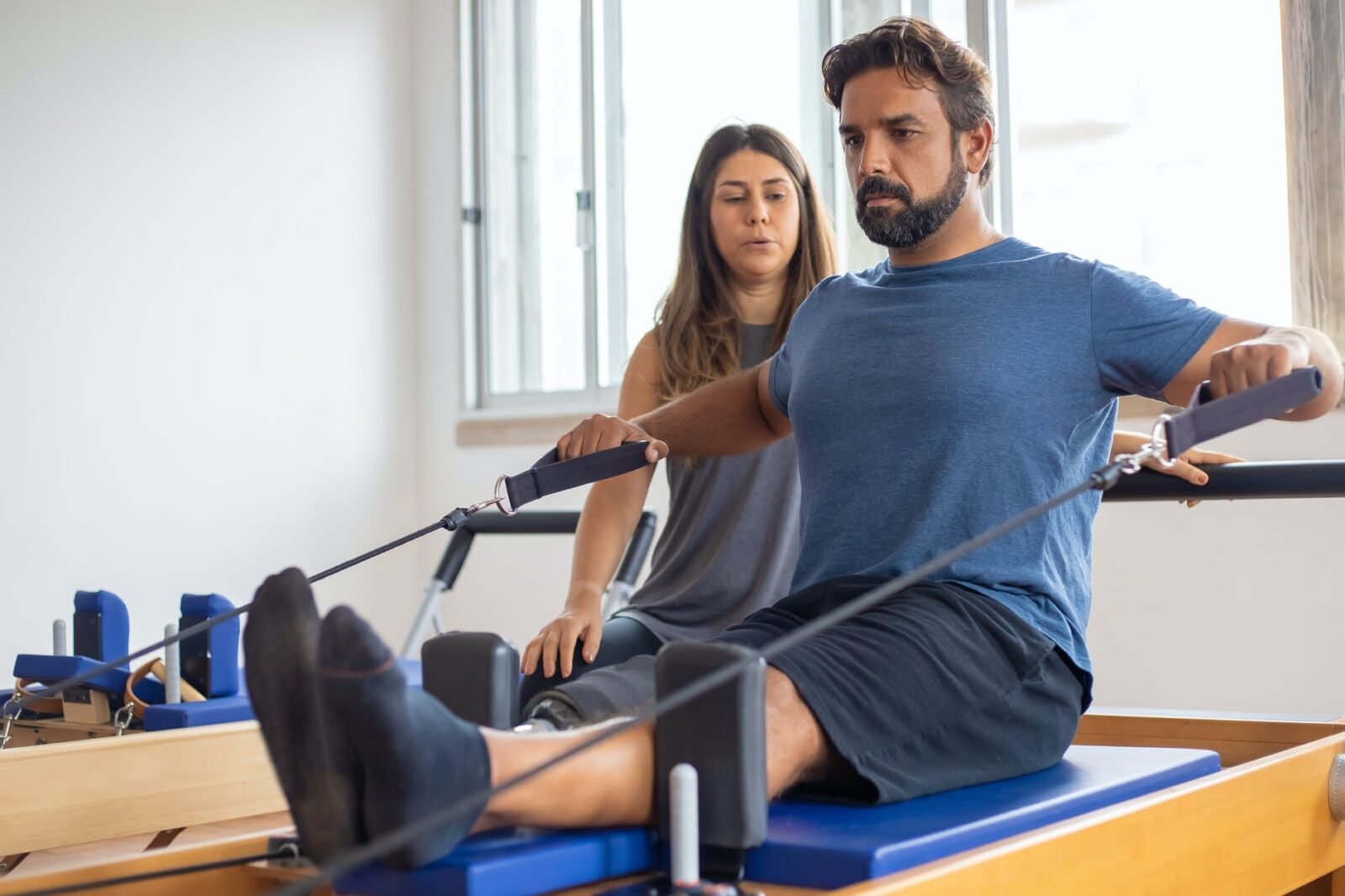Should You See a Physical Therapist Even if You’re Not Injured?

There’s a high possibility you’ve never considered going to a physical therapist until it was really necessary. Some physical therapists, on the other hand, have a waiting list of patients who come in even when they aren’t hurt. Physical therapy is instead viewed as a sort of preventive medicine. Physical therapy is usually only explored after an injury or surgical procedure for most people. People, unlike medical professionals, dentists, and eye doctors, do not think about visiting a physical therapist for annual check-ups.
Physical therapy, on the other hand, maybe the ideal option to consider if you are practicing for a specific event, want to know your injury risk level for various sports, want to improve your balance, or are considering seeking preventative care to reduce the chance of age-related disorders. Physical therapists are taught to be experts in movement. To diagnose muscular inadequacies and imbalances, they use functional movement screenings, strength testing, range of motion measurements, and specific tests.
When you discuss your goals with your therapist at your first session, he or she will be able to do a specific test and create a custom fitness program for you. Even if you aren’t injured, read on to see if you should consult a physical therapist.
Helps Avoid Injury
Physical therapy has been demonstrated to assist avoid injury in a variety of situations. In comparison to guys who play the same sports at equal levels of exposure, females have a two to three times higher risk of tearing their ACL. This could be related to hormonal differences causing ligament laxity, a broader pelvis changing knee angle, and possibly a smaller ACL depending on anatomical considerations. Physical therapists performed functional mobility and balance assessments on 44 female high school soccer players, categorizing them as having a high or low risk of injury. The participants then went through an 8-week training regimen that included a dynamic warm-up, jumping/core/agility drills, and a cool-down for each athlete. Physical therapists have introduced ACL prevention programs for athletic teams at several local high schools, and you can learn more about how to set up an injury screening at your school by calling your local physical therapist.
Reduce Risk of Falling
According to some estimates, older individuals who attend the emergency room after a fall have a 25% chance of visiting the emergency room again that year, and 15% of those patients will die the following year. Weakness, low endurance, bewilderment, and balance issues can all lead to falls. Your physical therapist can help you with all four of these issues. Physical therapists help patients increase their strength, endurance, and balance. I’ve also addressed cognition with patients in my clinic, providing them mental activities to consider while conducting balance exercises. This forces the patient’s brain to focus on a different task while simultaneously physically straining them to stay upright. Physical therapists have also worked with people who have Parkinson’s disease, have had a stroke, have multiple sclerosis, or have other neurological problems.
Can Decrease Pain
According to the Centers for Disease Control and Prevention, one in every two Americans will have knee arthritis by the age of 85, and one in every four Americans will develop hip arthritis at some time in their lives. Arthritis is a condition in which the joints become inflamed. It’s a common age-related illness in which joint “wear and tear” causes painful bone-on-bone contact. While this condition is not totally prevented, seeing a physical therapist can help you evaluate your risk group and prescribe exercises to maintain certain muscles strong and flexible to reduce the pressure on your joints. Your therapist may also recommend an aerobic exercise program as well as modest nutrition guidelines.
Even if you aren’t in pain right now, becoming familiar with exercises to do on a regular basis will help reduce your chances of developing pain in the future. At the absolute least, following your last visit, your therapist will provide you with a home exercise routine so that if you develop joint discomfort later in life, you can refer back to your exercises and attempt them before seeking medical help.





